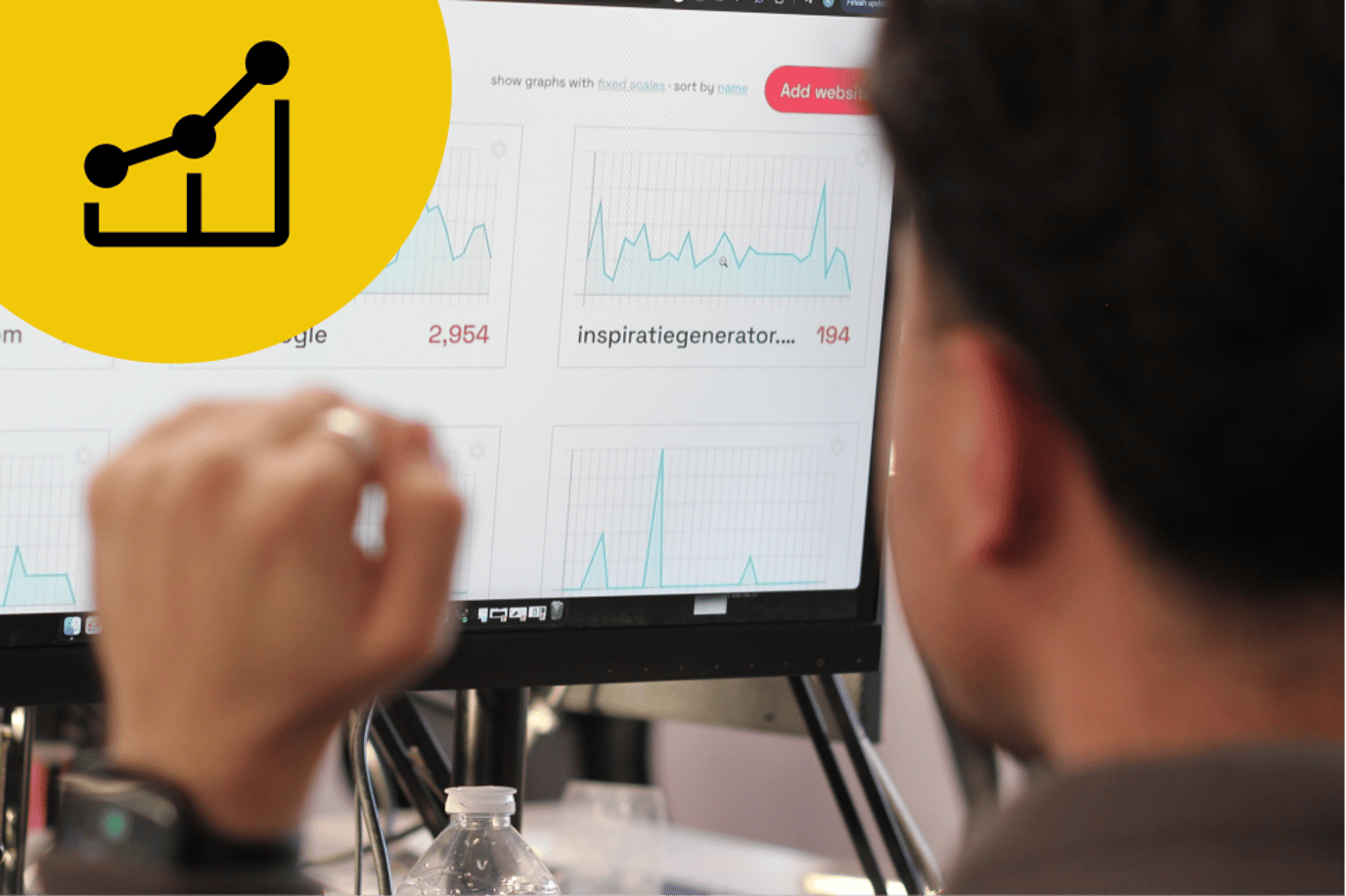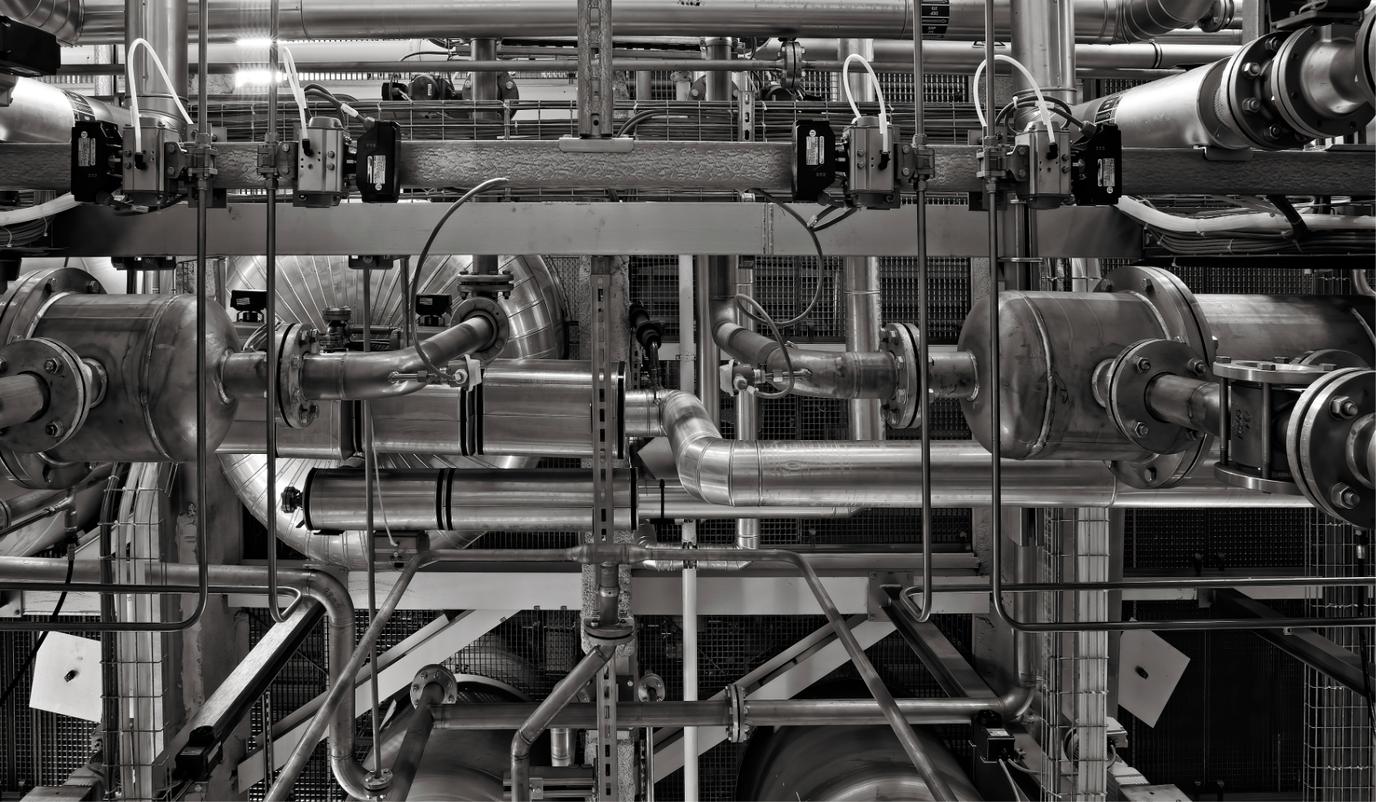Every website has a carbon footprint. Learn how simple design, efficient code, and streamlined content can reduce emissions and support your sustainability goals.

The internet may seem invisible, but every website has a carbon footprint. Every click, every image, and every line of code contributes to energy consumption. As businesses and organisations work towards sustainability goals, websites can play a significant role in reducing carbon emissions. One easy way to do this? Simplicity.
Simple design, lower impact
A cluttered website isn’t just bad for user experience, it’s also energy-intensive. Heavy graphics, unnecessary animations, and complex layouts require more data to load, increasing the energy used by servers and devices. By opting for clean, minimal design, you can improve page speed, enhance accessibility, and cut down on emissions.
Streamlined development
Well-optimised code is more efficient, running faster and using less processing power. Bloated, redundant scripts slow down performance and increase energy consumption. Good website development can reduce a site’s impact by:
- Writing lean, efficient code
- Minimising the use of third-party plugins and libraries
- Using static site generators where possible
- Caching resources to limit repeat requests
These small changes can collectively make a big difference to a website’s environmental impact.
Content that works harder
More content isn’t always better. Every page, image, and video adds to a website’s weight, increasing load times and energy use. To create a low-carbon website:
- Prioritise concise, valuable content
- Optimise images and videos for web use
- Remove outdated or unnecessary pages
- Enable lazy loading so media only loads when needed
By focusing on essential content, businesses can reduce digital waste and improve user experience at the same time.
The power of simplicity
Reducing a website’s carbon footprint isn’t just good for the planet, it also leads to faster load times, better usability, and improved search rankings. A streamlined, well-designed site benefits both the environment and the people who use it.
As the internet continues to grow, making conscious choices about web design, development, and content can help create a more sustainable digital future. And in this case, less really is more.





